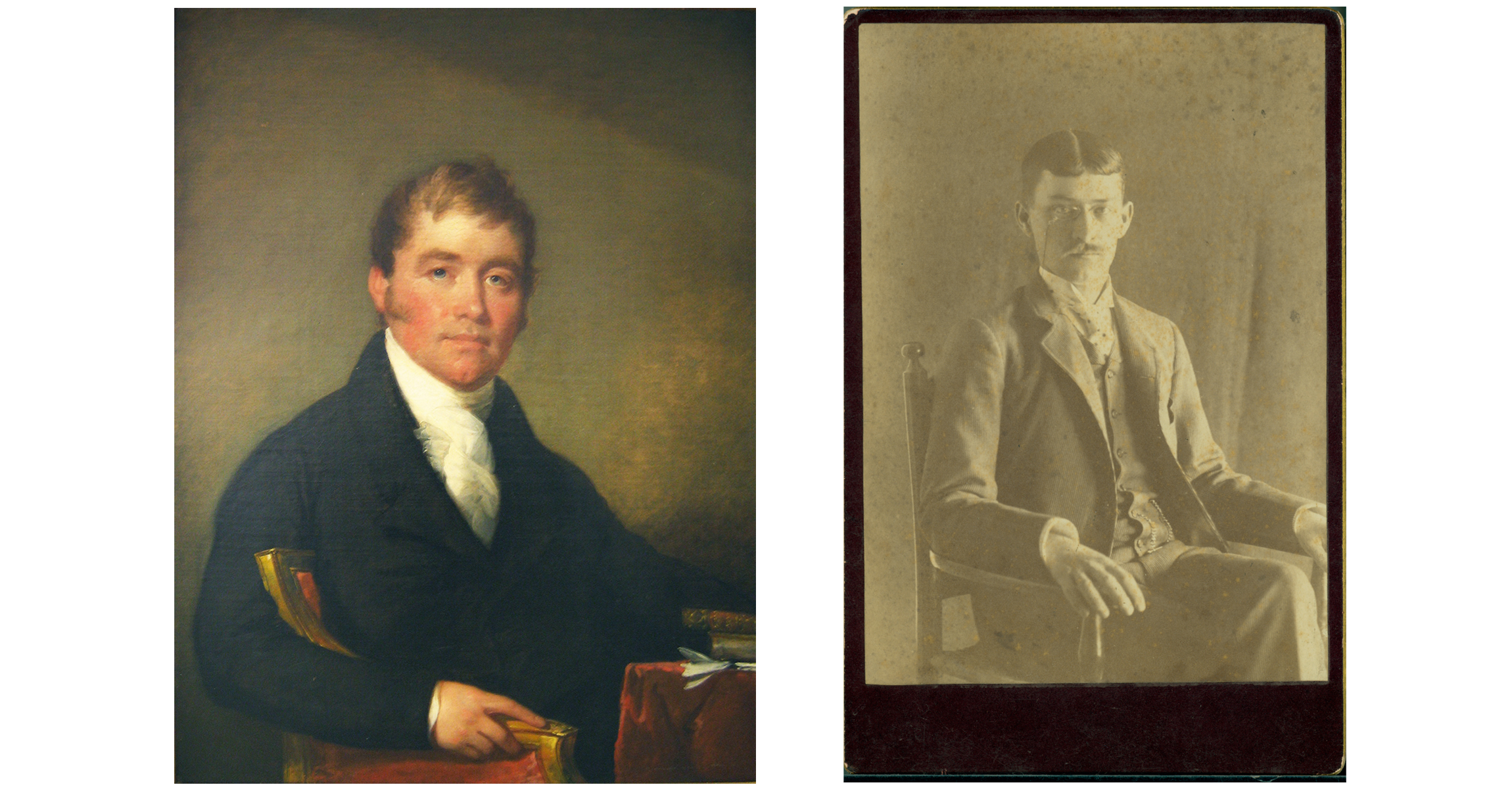 Eustis Estate
Eustis Estate
After Canaletto Codman
 His inability to firmly attribute this painting surely vexed the Boston connoisseur Charles Russell Codman. He had refined his eye during an extensive trip to Europe, and the journal he kept there lists the places he visited to admire their painting collections, including Windsor Castle, Hampton Court Palace, and Blenheim Palace.
His inability to firmly attribute this painting surely vexed the Boston connoisseur Charles Russell Codman. He had refined his eye during an extensive trip to Europe, and the journal he kept there lists the places he visited to admire their painting collections, including Windsor Castle, Hampton Court Palace, and Blenheim Palace.
Between 1820 and 1825, Codman actively built his own collection through purchases at Boston auctions. He displayed his paintings—almost entirely by Old Masters—in his Chestnut Street home, which became a mecca for other American collectors. In 1827, he became one of five members of a committee charged to gather paintings to display in an exhibition at the Boston Athenaeum’s newly constructed gallery, a precursor of the Museum of Fine Arts. For the next twenty years, he lent dozens of his paintings to its yearly exhibitions. Codman nearly doubled the size of the painting collection he had inherited. When he died in 1852, his house contained more than sixty paintings, as well as numerous family portraits and framed prints.

Charles Russell Codman’s anxiety over his scene of Venice was inherited by the architect and decorator Ogden Codman Jr. (1863–1951), who doubted his grandfather’s reattribution to Francesco Guardi and so carried on his search. On June 22, 1923, Codman wrote to one of his relatives, “I believe that when I was in Venice in 1894, or 96, I saw an engraving of it [his grandfather’s painting] in the Palazzo Curtis.” (In 1923, that famous residence was being rented—fully furnished by the Venetian family that owned it—to the American composer Cole Porter.) There is no evidence that Ogden made any headway, and experts remain stumped today.